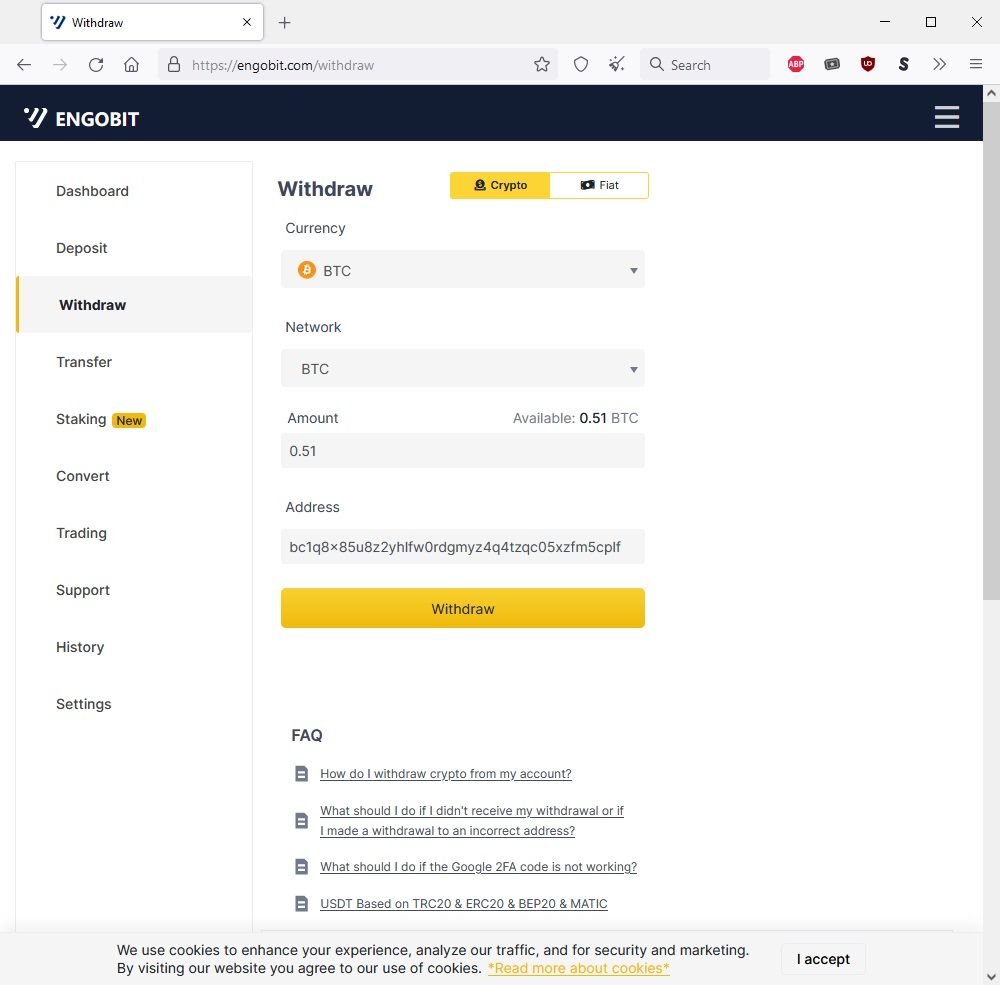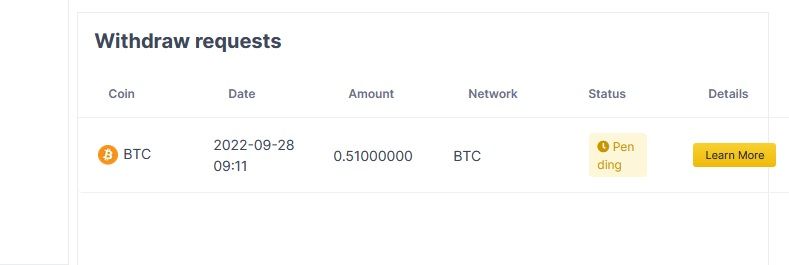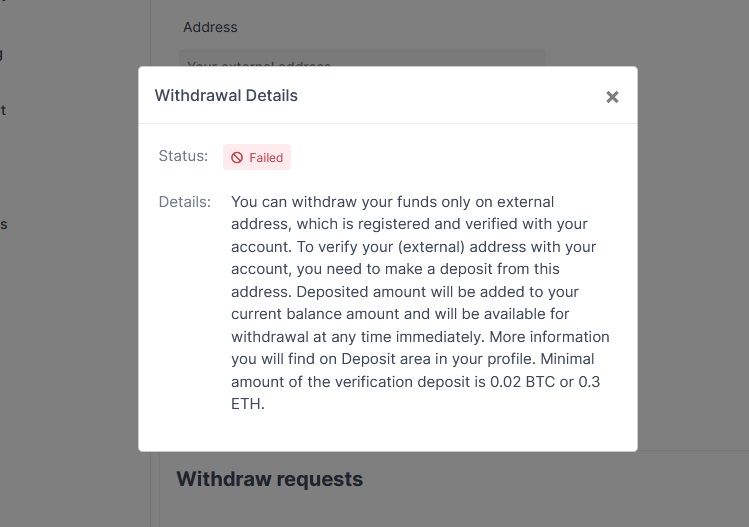If you've ever been on crypto Twitter, sent a tweet involving cryptocurrency of any kind, or posted a link involving Bitcoin, Ethereum, Dogecoin, or any of the other cryptos, you've probably received a scam response or post in your inbox.
You've probably wondered, "How does this Twitter crypto scam work?"
Well, wonder no more as we walk through how one of the most common crypto scams on Twitter works from start to finish.
What Is a Crypto Twitter Scam?
Numerous cryptocurrency scams are floating around on Twitter. They vary in complexity, but the most common are typically low-level scams that can be pumped out in volume, hoping to trap at least one or two people daily. And in the volume you see them versus the number of Twitter users, they likely work to some degree.
A few common Twitter crypto scams include:
- Impersonating verified accounts, such as crypto thought leaders, project leaders, developers, popular projects, and so on.
- Honeypot scams promising unfathomable rewards for performing basic tasks, but the user must deposit crypto first.
- Crypto giveaway scams: You've won a big prize on an exchange you've never heard of!
- Fake airdrops for non-existent tokens, phishing links, hoax websites and landing pages, and so on.
Other cryptocurrency scams exist on Twitter, no doubt. However, these are the three you'll encounter the most, as they're typically the easiest to pull off.
How Does a Crypto Twitter Scam Work?
If these scams are so well known, how do the scammers pull them off?
It's a good question and one that I followed to fruition after recently receiving a barrage of scam messages in my Twitter inbox. The following details how the crypto giveaway scam works in full.
1. You Receive a Scam Message in Your Twitter Inbox
First up, you receive a message in your inbox informing you that you have won an amount of cryptocurrency. Scammers typically use popular and valuable cryptos like Bitcoin and Ethereum rather than something more obscure that perhaps wouldn't catch the target's interest.
In this case, would you believe it? I've lucked out and won 0.51 BTC, which is around $10,000 at writing. Bonanza!
2. You Head to the Exchange to Redeem Your Code
You'll note in the previous screenshot that I also received a code. You take the code to the crypto exchange in the message, create an account, then redeem your code. Once redeemed, the exchange will deposit the stipulated amount straight into your account.
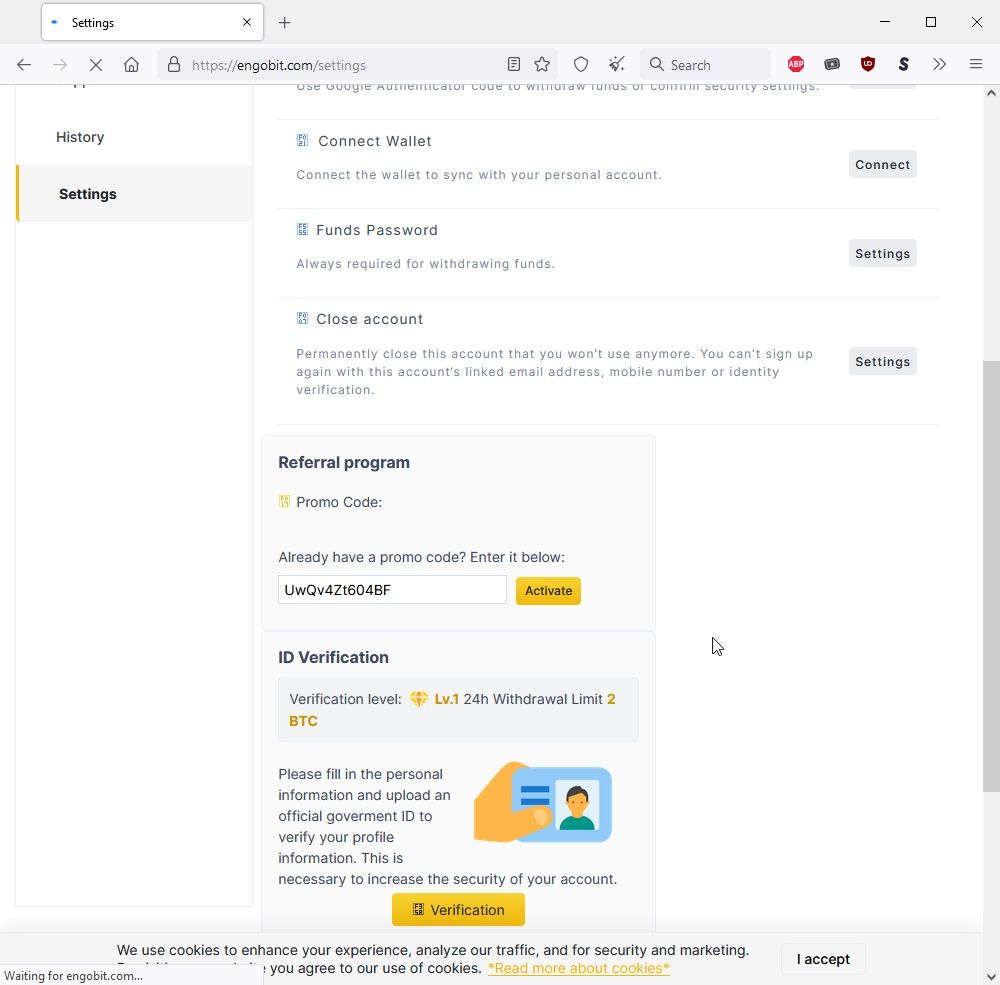

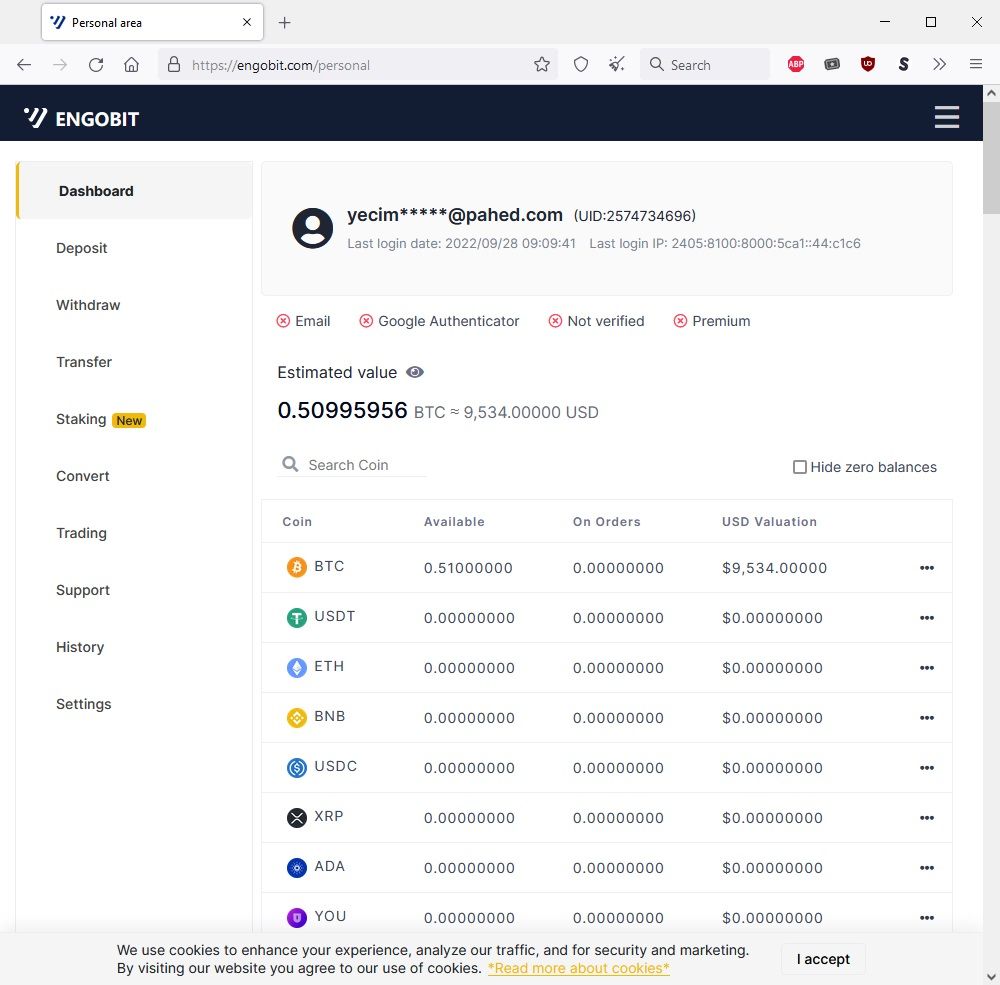
Now, not knowing exactly what nasties might be waiting on this totally legitimate crypto exchange, I conducted the rest of this process in a secure virtual machine, just in case, and used a temporary email address, fake information, and so on.
The crypto exchange looks fairly legitimate, and it's easy to see why scams like this take people in. As you can see in the screenshots below, entering the referral program code sent via Twitter results in just under 0.51 Bitcoin appearing in my account.
3. You Attempt to Withdraw Your Crypto
With the Bitcoin now in your account, you can attempt to withdraw it to a separate Bitcoin wallet. After all, who keeps their Bitcoin on an exchange?
First up, this crypto exchange asks you to verify your email address. Given this is a scam site, it's more of a procedural process to lure you into believing it is real rather than something required for the withdrawal to work. But if you use a real email address, it's another piece of information to hold onto for another scam.
Next up, you go ahead and enter your Bitcoin wallet information and the status changes to Pending. So far, so good—you'll just have to wait a little while for the withdrawal to be confirmed. Now, this alone should make you realize the exchange you're dealing with isn't quite right. Crypto exchanges will typically process transactions instantaneously, not ask you to wait for an administrator to confirm.
4. Scam: Please Deposit Bitcoin to Confirm Your Withdrawal
Now, this is where the scam really takes place. Your pending Bitcoin withdrawal switches to Failed, and the only way to resolve the issue is to deposit 0.02 BTC or 0.3 ETH. Depositing the required amount of crypto will verify your account and enable the site admin to confirm your withdrawal (it won't).
As you can probably guess, once you send Bitcoin or Ethereum to the crypto exchange, you'll never see it again, and the Twitter scam is complete.
Remember, always use a reputable crypto exchange to trade cryptocurrency.
5. Optional Scam: You Provide Your Personal Information
On this particular fake crypto exchange, there was also an option to provide your personal information to help verify your account.
The requested information varied but could have been a picture of your driving license, passport, social security number, etc. Once uploaded, you don't know how this private information would be used, but you can probably guess it won't be favorable for you.
How to Spot Crypto Scams on Twitter
Although numerous types of crypto scams float around on Twitter, most of us will thankfully only encounter the most obvious versions. That is to say, unless you're packing some serious funds, have a huge Twitter following, or similar, you're unlikely to be the specific target of a scam and will just encounter what's being spammed across the whole network.
This is a good thing. It makes it easier to spot the majority of crypto scams that will come your way.
- It's too good to be true. Why would anyone send you a huge amount of Bitcoin or Ethereum without warning?
- You've never entered a competition. How did you win a competition prize from a website you've never heard of?
- The website is fictional or barely known. The website contacting you has zero followers, it's an unknown exchange, and so on.
- The Twitter account is brand new. The account contacting you was made yesterday and has three followers, yet is fronting up to offer you heaps of crypto.
- The Twitter account is impersonating someone else. Scammers frequently use accounts mocked up to look like someone famous. Alternatively, the account may be impersonating Twitter support or a support account from a crypto exchange.
- It's a stolen account. If not mocked up to look like someone famous or reputable, the account may be stolen and used to scam people.
These aren't the only ways to spot crypto scam accounts on Twitter, but it covers the majority.
Watch Out For Crypto Scams on Twitter
Spotting crypto scams on Twitter doesn't have to be challenging. Often, scammers make themselves known easily, offering bonkers Bitcoin payments for fictitious competitions on crypto exchanges you've never heard of.
Remember, if it seems too good to be true, it probably is.



